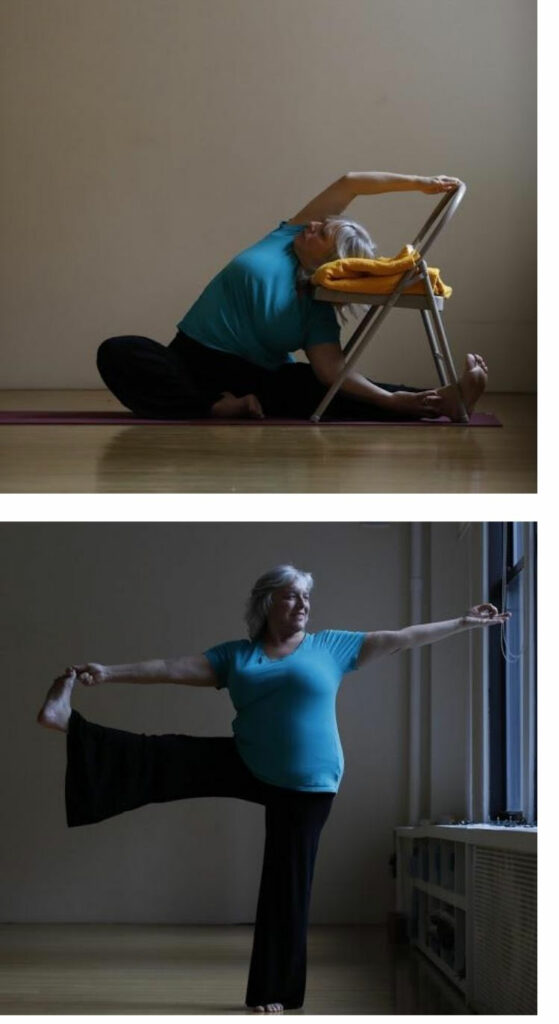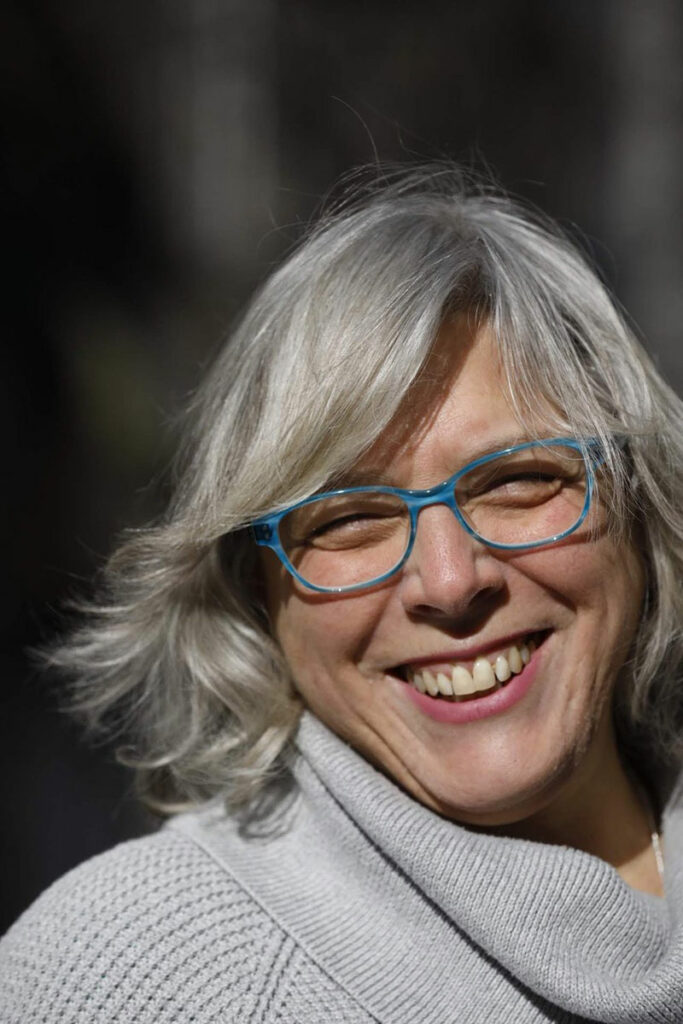Out of a pellucid brook
Pebbles round and smooth I took;
Like a jewel, every one
Caught a color from the sun,
Ruby red and sapphire blue,
Emerald and onyx too,
Diamond and amethyst,
Not a precious stone I missed;
Gems I held from every land
In the hollow of my hand.
Workman Water these had made;
Patiently through sun and shade,
With the ripples of the rill
He had polished them, until
Smooth, symmetrical and bright,
Each one sparkling in the light
Showed within its burning heart
All the lapidary’s art;
And the brook seemed thus to sing:
Patience conquers everything!
–Frank Dempster Sherman
Frequently teachers give prompts. A word or phrase to focus attention. A beautiful stone in a cold mountain steam, something to pick up and contemplate. Holding it in the mind helps trigger a thought or memory. Like a prompt, an intention prods a yoga student to infuse their practice with meaning.
It can be a one-time only association or it can be used to create a theme for a lifetime. An intention also can give immediate gem-like clarity or set one out on a long process of transformation. Like the pebbles in Sherman’s poem, intentions can be worked over and polished so they sparkle with light.


When I was younger, I was in a rush to “succeed.” This hurriedness resulted in both positive and negative conditions. It made me aggressive and assertive and also propelled me into roles of responsibility that brought me financial and social gratification. Sure, I threw phones and yelled in airports but I got things done damn it! A corner office overlooking New York Harbor and the first internet boom to bust, came with a very high risk of heart attack. Over time stress overcame joy. I made significant life adjustments. Left the corporate world, started studying yoga, meditation and other contemplative modalities.
Early on, I was as driven to become as “accomplished” in yoga as I had been in business. I co-founded a studio and launched a yoga-centric website. The need for recognition quieted over the next decade, but the ambition…the pebble in the stream was still an irritant in my shoe.
My first visit to India in 2015 launched a study of Tibetan Buddhism. And, with the help of a friend I found a teacher in New York willing to take me on as a student. His first question to me was “How did you find us? We are hidden,” like a gem in the rough. His first instruction was that I go very slowly because my mind had such a “Western” orientation. Clearly it would take many lifetimes for lump of coal to become a lustrous diamond. His second teaching was from Shantideva’s The Way of the Bodhisattva. The second verse of the 6th chapter on Patience:
“No evil is there similar to anger,
No austerity to be compared with patience.
Steep yourself, therefore, in patience,
In various ways, insistently.*”
A radiant jewel of insight. And, a whack on the side of my head. My future work and intention became clear. By keeping patience in my mind while meditating or practicing yoga, I could transform the frustration, built up over decades, into tolerance.
There is a process for cultivating virtue. Start with a sankalpa, a volition or quality you want to develop and perhaps a bhavana, where that resolution sits in your being, maybe the heart. The intention or the contents of the mind flows through the body on the breath. Your intention could be friendliness or contentment. Truthfulness or compassion. Like rubies, emeralds or sapphires, each intention has its own endless possibilities of color, cut and weight.
Try this practice to cultivate a state of generosity. Lie on your back with your feet on the floor, let the idea of generosity spread through the body on waves of breath. Where is the breath easeful? Where is it restricted? Does it have a color? Is there an image that comes to mind when you think of generosity? Give words or pictures to how generosity feels in your body. Notice when your mind goes to a sense of lack or attachment and bring yourself back to thoughts of selflessness. Place those meritorious thoughts in your heart. When you inhale, spread generosity to your bones and organs. When you exhale, release selfishness. When you move, perhaps taking a restorative pose like supine bound angle posture or supta badha konasana, do so in a way that’s generous and kind. Suffused with generosity, see how you feel. More gem-like? More polished? Shining?
Just as a stream endlessly washes over stones, the path from intention-breath-action was well-understood by the ancients. Put these time-tested practices to work for a more fluid luminous life.
*The Way of the Bodhisattva, Shantideva – Revised translation and new preface by the Padmakara Translation Group

